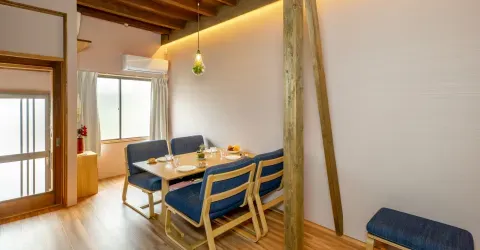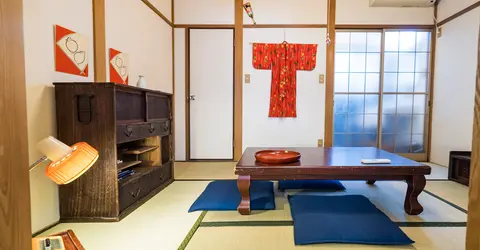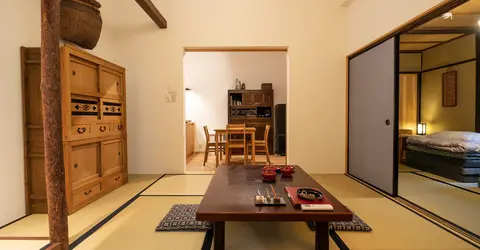Kamo River 鴨川
Not so wild ducks
"Behind me the Kamo rushes toward the purple mountains, everywhere the plants spread onto and consume the river in phosphorescent patches. Ducks and herons bask under the electric sky, unfazed by the crows and raptors flying above them, drawing circles in the sky."
Kyoto Limited Express, Olivier Adam and Arnaud Auzouy 2010.
Lifeline
On its banks bikes wizz by, children arrive and young people escape. On the banks of the "river of wild ducks" the herons keep watch, dogs bathe and walkers linger. So clean and calm, Kamogawa (鴨川) almost conceals the setting in which it flows, which is Imperial Kyoto, lively Kyoto, Kyoto with its millions of inhabitants that could pollute it, distort it and divert it from its river bed. Over 10km, the Kamo slices the town in two with a gash of nature and life, from north to south, it quenches the city and is a reminder that the subsoil of the area hides ground waters, near Lake Biwa. Demachiyanagi to the northeast at Kamigamo Shrine "the upstream shrine of the river," the calm is dedicated to the Shinto deity of thunder. In May, the Shimogamo Shrine, "the downstream shrine", the temple organizes the Aoi Matsuri, one of the biggest festivals of Kyoto. Further down, the restaurant terraces of Pontocho and their typical architecture directly overlook the river, where the prices match the view they give you access to. Small bridges, riverbanks and wooden houses succeed one another. Further south the Keihan-Shijo bridge connects commercial Kyoto authentic Gion. Day and night brought together, glued to opposite banks.
Take a dip
Often children splash each other, sometimes a ball falls in the water, visitors are always surprised to see that water only comes up to their calves. Despite a few rapids, the gentle current makes it possible to take a swim, which is all the more deserved as the banks of the Kamo are very busy in the summer, when it is hot.

































